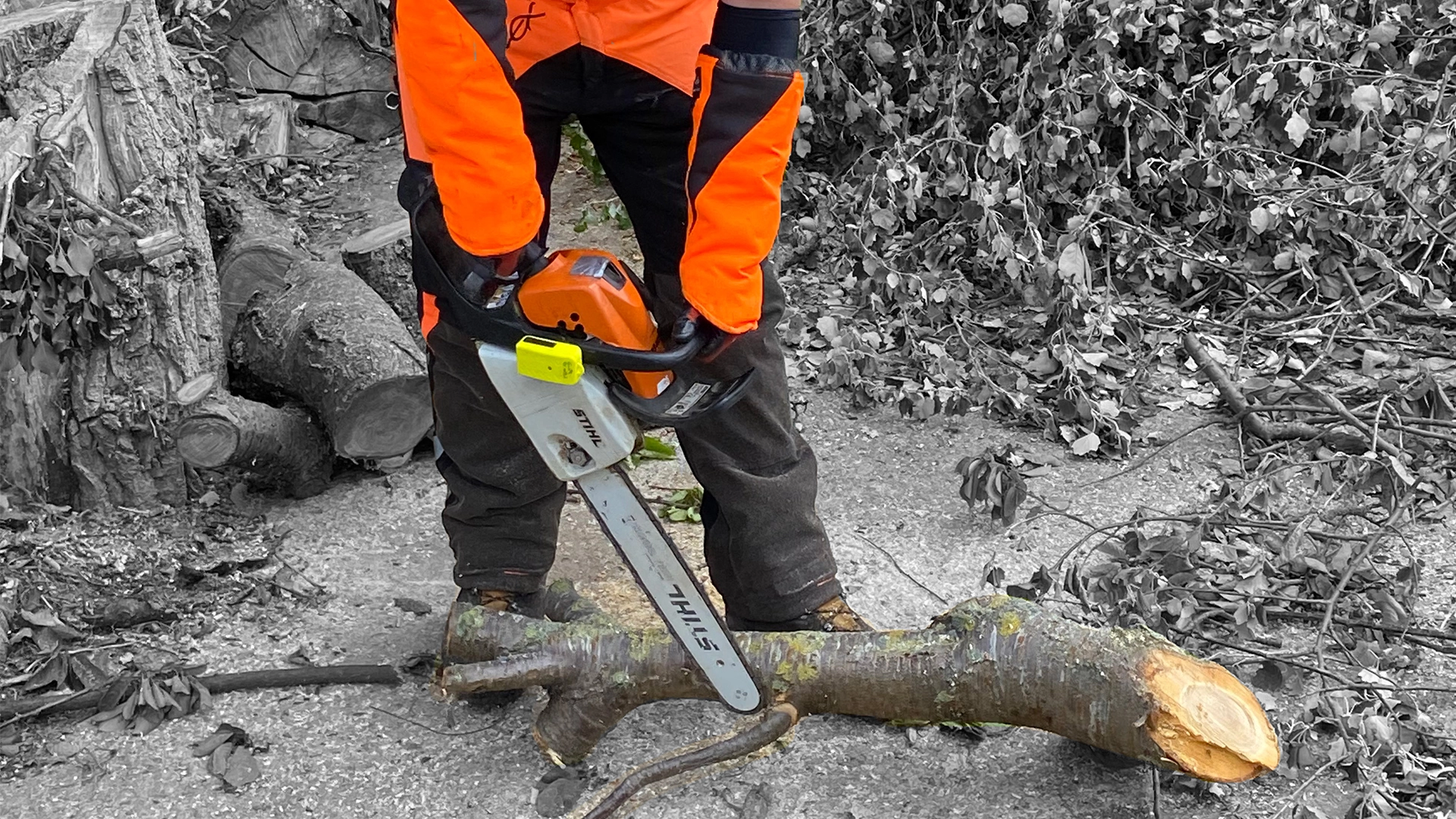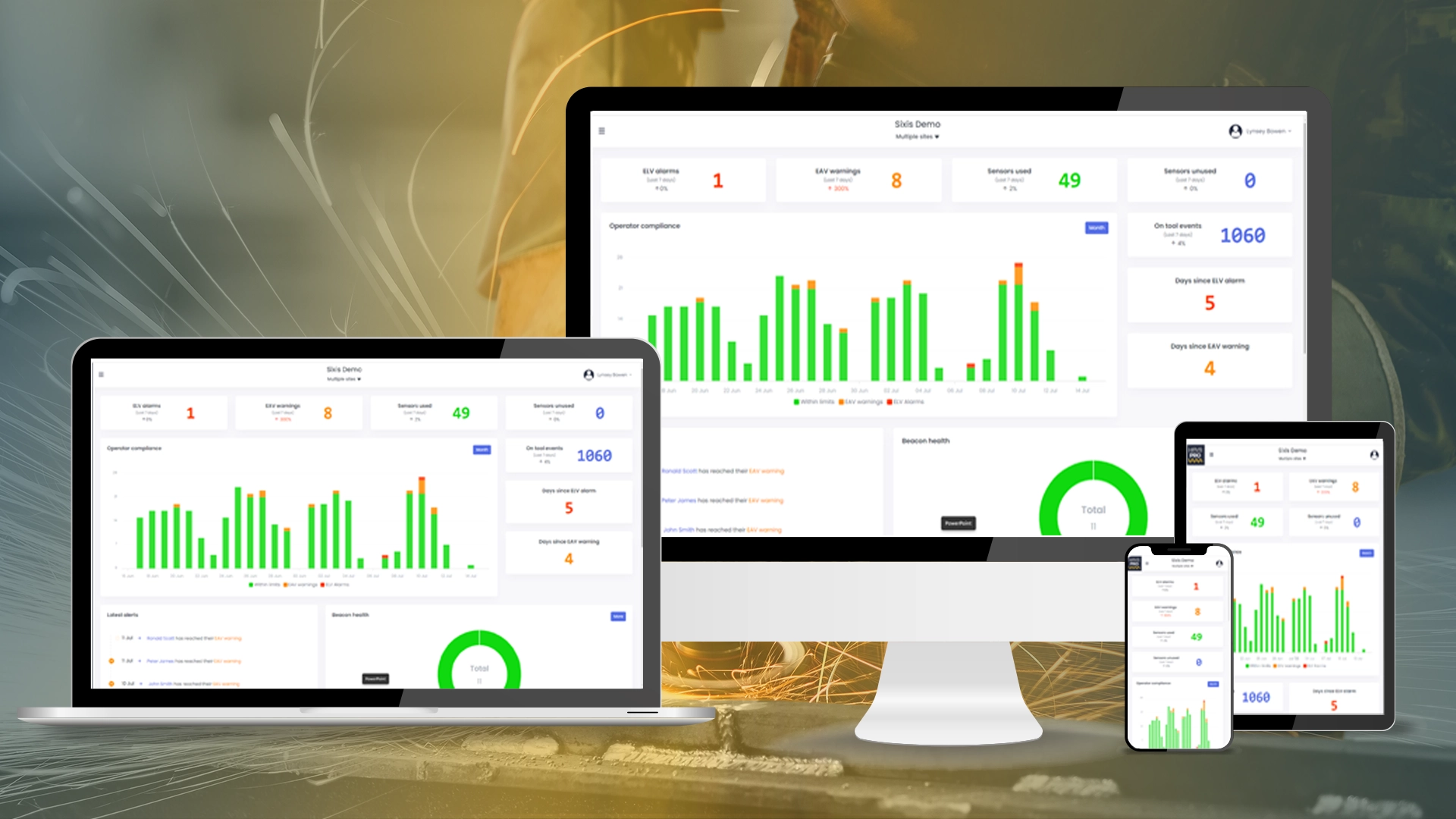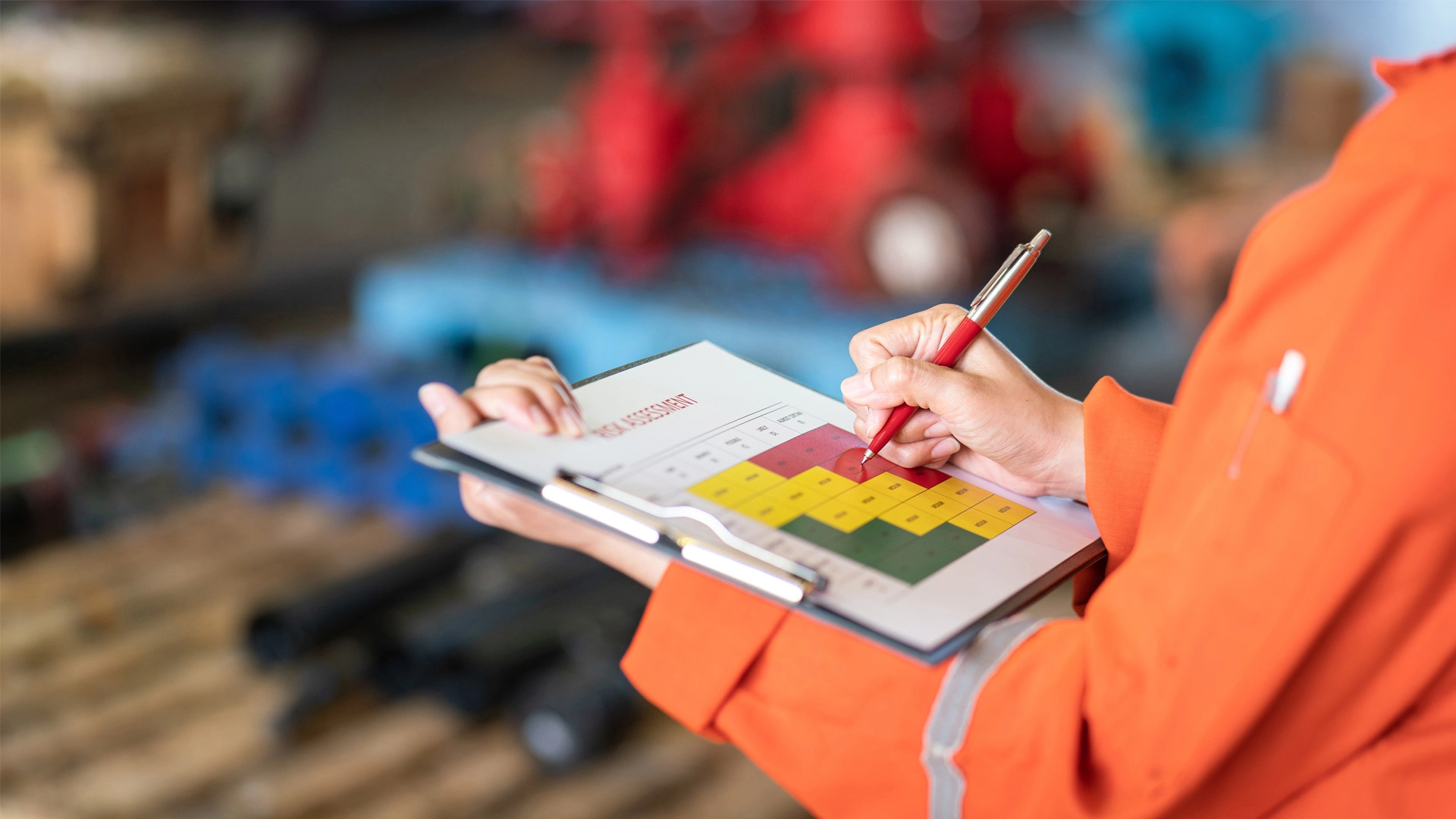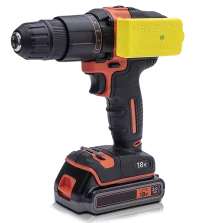HAVSPRO
The Leading Vibration Monitoring and Measurement Solution
HAVSPRO is an industry-leading vibration monitoring and measuring solution that generates proactive alerts and in-depth reporting, providing unequivocal evidence in the face of litigation claims and exceeds official requirements to protect your workforce from injury.
Meeting all your vibration monitoring needs

PRO Active
HAVSPRO provides accurate alerts of accumulated vibration levels for an individual operator and customisable tailored data reports for operators, supervisors and managers so controlling breaches before they occur.

PRO Tech
HAVSPRO uses the latest technology to accurately measure Real-time measurements to help highlight tool degradation data in line with BS ISO standards with zero margins for error.

PRO Ductive
HAVSPRO takes your team beyond compliance with data tracking sufficiently sophisticated for you to plan work, initiate improvements, create accurate and dynamic risk assessments and improve targeted training schedules to minimise exposure and risk.
Download the HAVSPRO Brochure
Discover how HAVSPRO monitors vibration levels accurately and triggers alerts to protect your staff and organisation against the risks of HAVS and WBV (whole body vibration).
It monitors individual tool vibration levels and the exposure each person has to it.
HAVSPRO then collates all this data and creates customisable reports to help you prevent overexposure.
Find out everything you need to know in our brochure – simply complete the form!
#makeHAVShistory
In the UK an estimated two million employees are exposed to the risk of debilitating industrial vibration injuries caused by the repetitive strain from using hand-held tools.
By law, all businesses are required to control the risk of two conditions: Hand-Arm Vibration Syndrome (HAVS) and Whole Body Vibration (WBV). However, vibration levels all-too-often exceed safe levels if control measures are not applied and inadequate action taken which means companies have incurred fines in excess of £600,000 putting themselves at risk of significant compensation claims.
Industry GOLD Standard with HAVSPRO
The complete HAVSPRO system has been designed to address the considerable deficiencies
in existing methods for controlling vibration exposure and popular ‘tool timer’ measurement
devices, to provide a gold standard forward-thinking sophisticated yet simple solution.
 The Gold Standard with HAVSPRO
The Gold Standard with HAVSPRO
- Rigidly mounted to the tools surface.
- Continuously measures and monitors vibration exposure as it is experienced by the operative.
- Provides real-time alerts BEFORE an operative is over-exposed.
- Proactive text and email alerts for EAV, 90%of ELV and 100% ELV, are sent to managers and supervisors.
- Summary reports of the reporting data is emailed to anyone who requires it so managing the risk of HAVS can convenient and proactive.
- Cloud-based reporting system that can be accessed from any internet-connected device.
- The data accumulated in the reporting system is yours property and will remain yours, even if you stop using HAVSPRO.
- The data within the reporting system can also be used to help manage occupational health reviews AND tool servicing schedules.



Protect your people and your business with one of the world’s most advanced personal vibration monitoring, measuring and reporting systems

Latest HAVS News

Hand Arm Vibration: HAVS Risk Assessment and Vibration Control
Effective risk assessments for vibration are essential to protect employees and ensure compliance with regulations. HAVSPRO provides precise data to identify risks, plan controls, and create accurate assessments that safeguard your business and workforce.

Another Employer Prosecuted – What the Rowes Garage Case Tells Us About Managing Vibration Risks
Another Employer Prosecuted – What the Rowes Garage Case Tells Us About Managing Vibration Risks
The recent HSE prosecution of Rowes Garage highlights the human and financial cost of poor vibration risk management. HAVSPRO by SIXIS Technology offers real-time, tool-mounted monitoring to prevent overexposure, support compliance with ELV and EAV limits, and protect workers before symptoms arise.

Discover the Leading HAVS Monitoring Solution – Visit SIXIS Technology at The Health and Safety Event 2025
Join SIXIS Technology at The Health and Safety Event 2025 to discover how our advanced HAVS monitoring solution, HAVSPRO, can help protect your workforce from the risks of Hand-Arm Vibration Syndrome (HAVS). Visit Stand 3/K70 to learn more about simplified compliance, real-time monitoring, and easy-to-use tools for vibration risk management.

